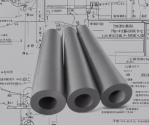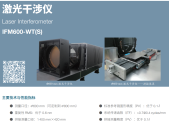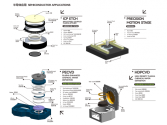ASML admitting that transistor scaling may have reached its limits and Advance Packaging is the future.
ASML: 3D integration will become an increasingly important complementary technology to 2D shrinking
According to media reports, on March 5, ASML released its 2024 annual report. CEO Christophe Fouquet said that if looking at ASML's future growth, lithography technology will undoubtedly remain one of the main driving forces of Moore's Law, and he believes that this will remain true for many years to come.
At the same time, 2D shrink is becoming increasingly difficult. This is not entirely due to the limitations of lithography<Bullshit>, but because we are almost reaching the limits of the transistors used by our logic and memory customers. To continue to make progress in 2D shrinking, innovations are needed in architecture and devices. This means 3D front-end integration, which will bring growth opportunities - because 3D integration technology relies on bonding, which in turn requires holistic lithography. "I think 3D integration will become an increasingly important complementary technology or technology combination to 2D shrinking," emphasized Christophe Fouquet.




